Why Bitcoin Needs Help Processing More Transactions
Bitcoin was designed to be secure and decentralized, not fast. Each block is mined roughly every 10 minutes, and the network can only handle around seven transactions per second. That limit causes delays and higher fees when demand rises sharply.
This bottleneck has real effects. During busy periods, users may wait an hour or more for a confirmation. The more people use Bitcoin, the more the main network slows down. This delay makes it harder to rely on Bitcoin for day-to-day payments or small purchases.
To fix this without changing Bitcoin’s core design, developers introduced Layer 2 solutions. These technologies move some transactions off the main blockchain, or Layer 1, while keeping its security benefits. This added layer helps reduce congestion and speeds up how quickly payments can be settled.
What Makes a Layer 2 Solution Different From the Main Chain
Layer 1 is the base network—Bitcoin’s original blockchain. It includes miners, full nodes, and the process of block confirmation. Everything must be recorded in blocks, which are slow to produce and expensive when network activity is high.
Layer 2 acts above the base. It doesn’t replace Bitcoin but works with it by processing many transactions outside the main chain. These transactions are eventually settled back on Layer 1, but only in batches or when absolutely needed.
Think of it like a bar tab. Instead of paying after every drink, you keep a running total and pay once when you leave. Layer 2 lets users interact quickly and privately, without waiting for block confirmations after every move.
How the Lightning Network Speeds Up Payments
The Lightning Network is the most widely used Layer 2 solution for Bitcoin. It allows users to open payment channels between each other. These channels can stay open indefinitely and handle thousands of small transactions instantly.
Here’s how it works: two people agree to lock up a small amount of Bitcoin on the main blockchain. Once their channel is active, they can send funds back and forth without involving the network each time. Only the final result is recorded on Layer 1.
Because Lightning transactions don’t require full confirmation for every payment, they happen in seconds. This system is perfect for fast, low-cost payments like buying coffee, tipping online creators, or sending money to friends.
Lowering Fees by Moving Off-Chain
One of the biggest frustrations in using Bitcoin is the cost of sending money during busy times. Fees can climb to several dollars for even the smallest transaction. With Layer 2, this cost drops dramatically.
Lightning payments avoid most of the fees tied to mining. There’s a small fee for routing payments through the network, but it’s often just a fraction of a cent. This opens the door for microtransactions, which aren’t practical on Layer 1.
Lower fees also make Bitcoin more accessible in places where high costs can block adoption. In countries where even small amounts of value matter, the ability to send money without heavy fees makes Bitcoin more useful and fair for everyone.
Opening and Closing Channels with On-Chain Anchors
To start using Lightning, a user must first open a channel by locking Bitcoin on the main blockchain. This one-time action involves an on-chain transaction. After that, all further payments happen instantly through the channel.
Channels can stay open for weeks or months. When users are done using it—or if they need to rebalance their funds—they close the channel. The final balance is then recorded on the main blockchain in one transaction.
This strategy minimizes the load on Layer 1. Instead of recording every interaction, only the start and end matter. The result is less congestion on the network, faster service for users, and a cleaner blockchain that doesn’t grow as quickly.
Using Watchtowers and Backups to Keep Funds Safe
Security is always a concern when moving transactions off-chain. Lightning handles this by using smart contracts and advanced cryptography to prevent fraud. If one user tries to cheat by broadcasting an old balance, the other party can claim the funds.
To help users who aren’t online 24/7, watchtowers act as guardians. These are third parties that monitor the blockchain and punish cheaters if necessary. They don’t hold funds or see what users are doing, but they help enforce the rules.
Backups also help restore lost access. If a wallet crashes or is deleted, a user can use backup data to recover their Lightning channels. These steps make the system more robust and less risky, even as it operates faster than Bitcoin’s base layer.
Routing Payments Through Lightning’s Network of Channels
You don’t need a direct channel to pay someone on the Lightning Network. Payments can be routed through other users, like passing a message through friends until it reaches the right person. The network finds the best path automatically.
Each hop adds a small routing fee, but the process is fast and efficient. Payments usually reach their destination in under a second. This is possible because the network is always updating, tracking which channels have enough liquidity to move funds.
As more people join Lightning, the network gets stronger. More connections mean more options for routing, faster transactions, and lower chances of failure. It’s a system that improves with use, encouraging people to join and stay active.
Lightning’s Growing Role in Bitcoin Adoption
Merchants and businesses are starting to adopt Lightning because it solves many of Bitcoin’s speed and cost issues. Payments arrive instantly, and there’s no need to wait for confirmations or risk price changes while waiting for a block.
Some companies now offer tools that make it easy to accept Lightning payments online or in person. QR codes, browser extensions, and mobile apps all simplify the process. This brings Bitcoin closer to being a daily-use currency rather than just a store of value.
As adoption grows, so does trust in the system. Lightning has moved from experiment to infrastructure, supporting thousands of users and transactions every day. It’s still growing, but its foundation is strong and improving steadily.
Other Layer 2 Tools That Help Bitcoin Scale
While Lightning is the best-known Layer 2 solution, other options are being developed. Some focus on batching many transactions together before sending them to the main chain. Others use sidechains—separate blockchains that connect back to Bitcoin.
These tools give users different options based on their needs. Some prioritize speed, while others focus on privacy or flexibility. Together, they expand what Bitcoin can do without changing its base rules.
This layered approach mirrors systems like the internet, where many layers work together to create a smooth experience. Bitcoin’s growth depends on this kind of structure, where advanced tools improve usability without weakening the original protocol.
Faster Payments Build a Stronger Bitcoin Network
Speed is more than a luxury—it’s a requirement for real-world use. Whether buying groceries or paying a contractor, nobody wants to wait minutes or pay high fees. Layer 2 solutions make Bitcoin more practical by solving these problems in smart, secure ways.
As more people join Lightning and other Layer 2 networks, Bitcoin becomes easier to use and harder to ignore. These tools remove barriers, reduce friction, and keep the system running smoothly even under heavy load.
The future of Bitcoin depends on its ability to scale. Thanks to Layer 2, it’s well on its way to being not just a valuable asset—but a useful currency in everyday life.
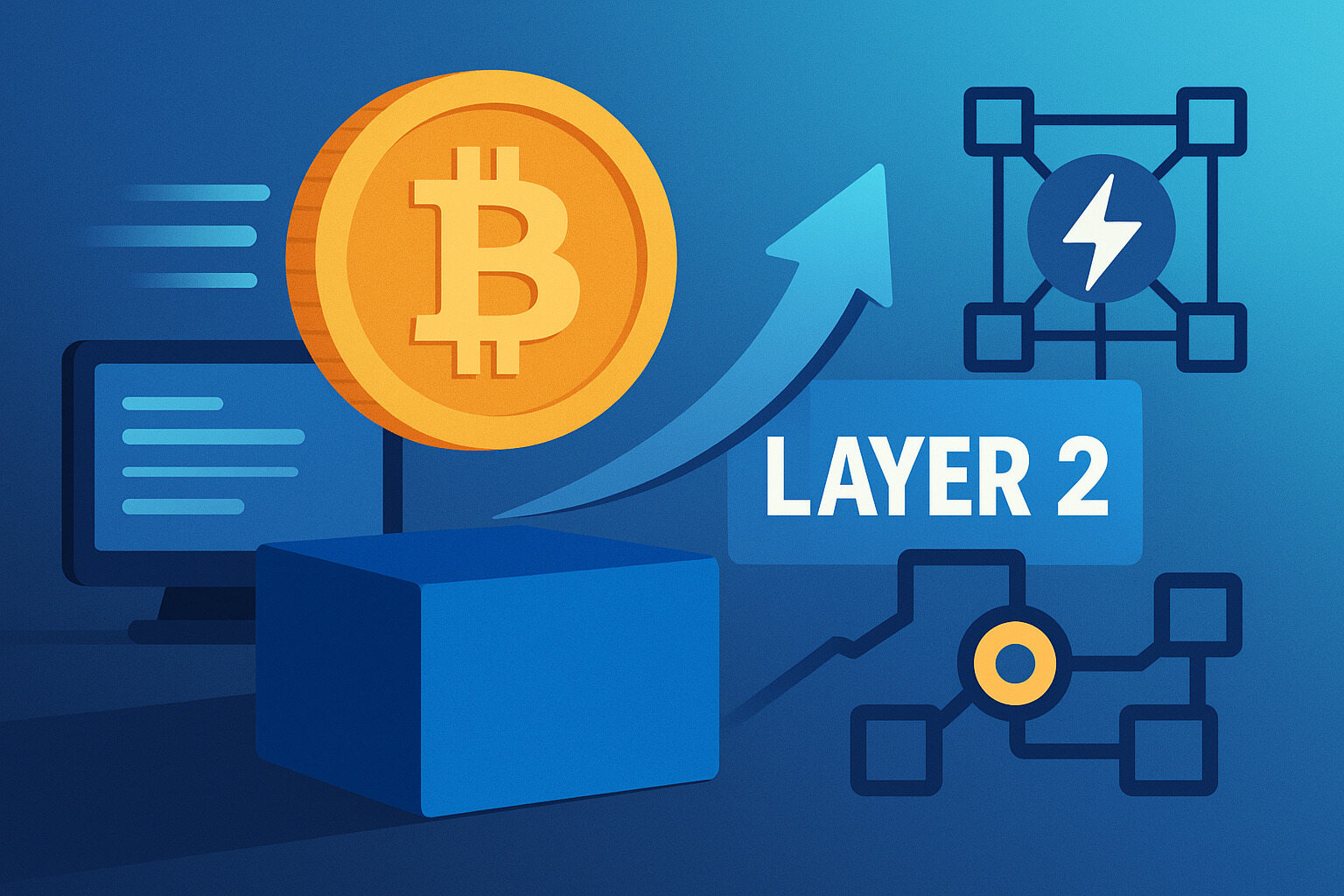



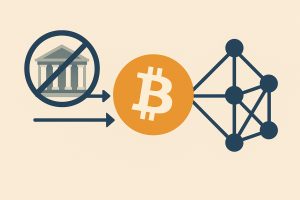
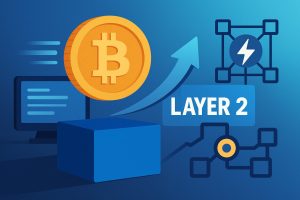
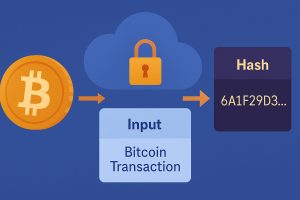



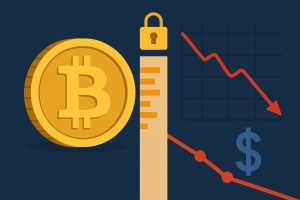





No Responses